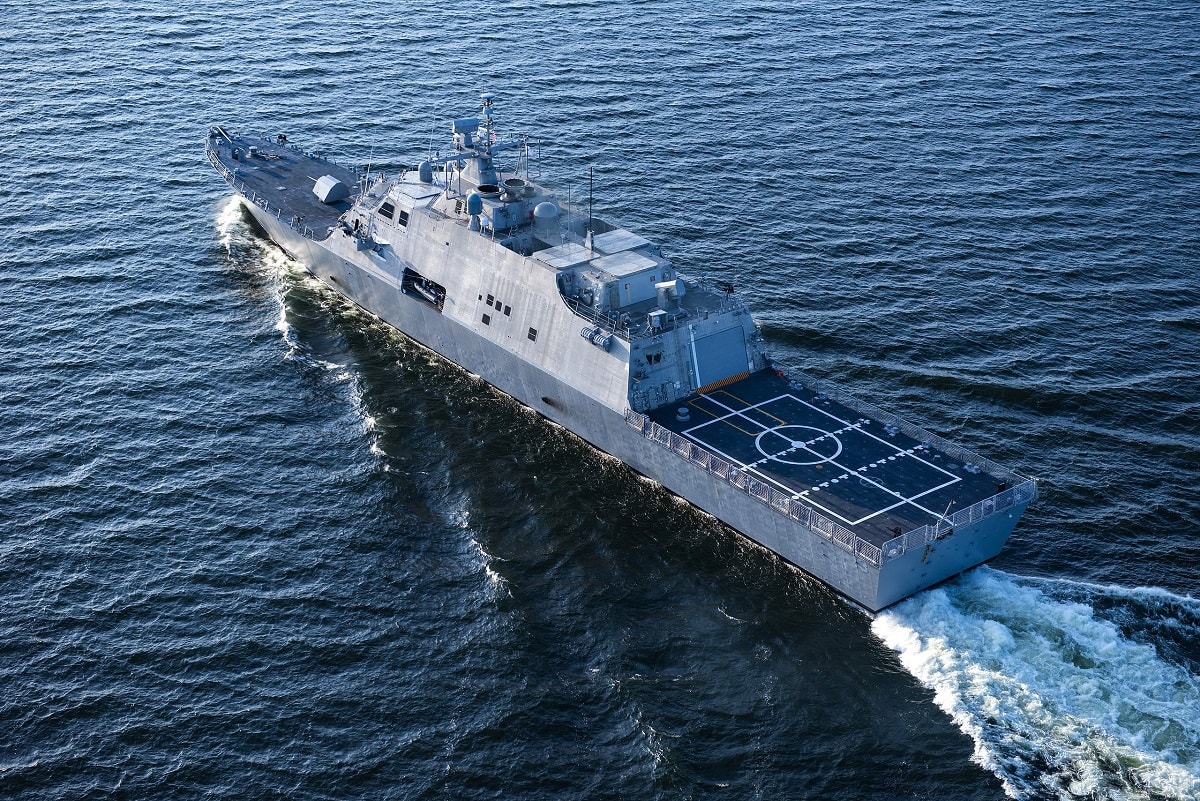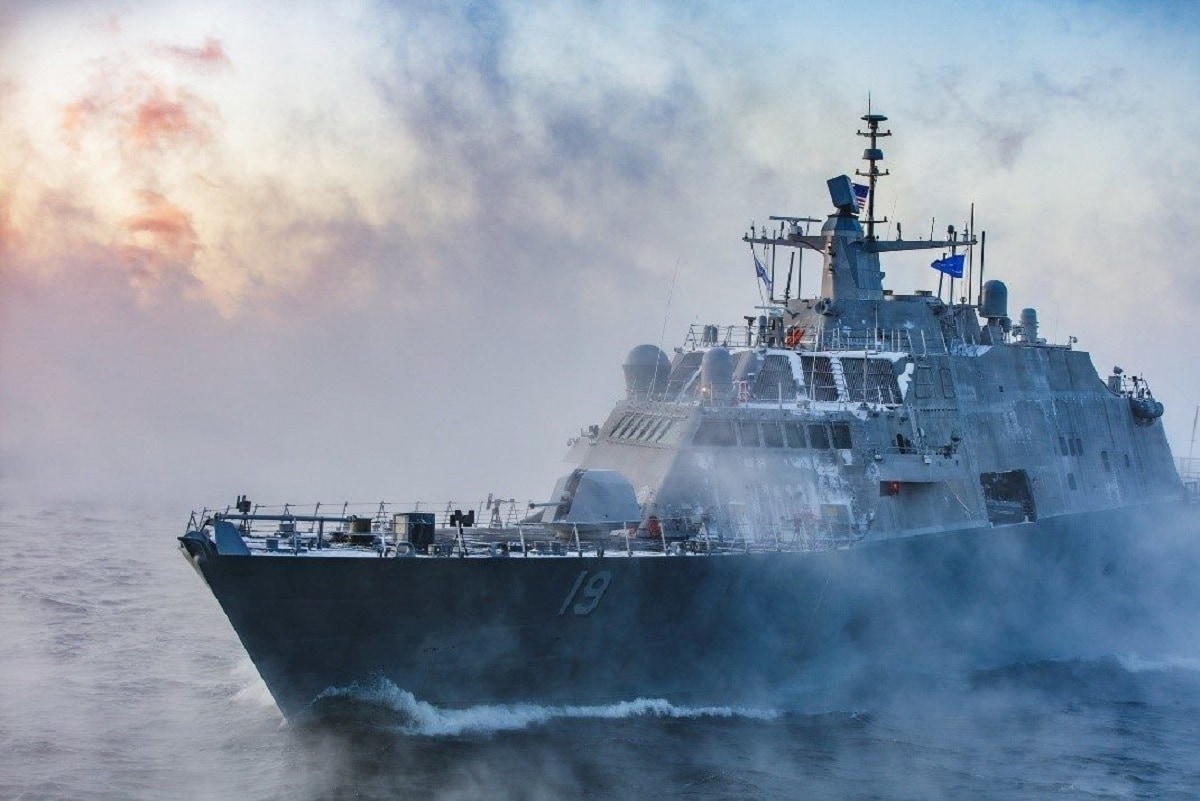The U.S. Navy’s Littoral Combat Ships seem to be riddled with problems. What will Washington decide to do with them over the long term? There are options, with some calling for them to just ve scrapped: The United States Navy’s littoral combat ship (LCS) has long been seen as a platform seeking a problem rather than addressing one, and that is why less than fifteen years after entering service the first two of the LCS warships have already been retired.
There are now reports that if the U.S. Navy has its way, more of the ships could see their careers cut short.
It isn’t just a lack of clear-cut mission that has been at issue, however.
The LCS vessels have been prone to breakdowns, and now it appears that some of the LCS fleet is suffering from structural defects that even have led to hull cracks on several vessels. Those defects have even limited the speed and sea states in which ships can be safely operated.
The U.S. Navy has only recently disclosed that the cracks have impacted the Independence-class variant of the LCS, but it hasn’t yet addressed the class-wide repercussions of the actual defects. Which ships are suffering from the issues hasn’t been disclosed either.
However, according to documents obtained by Navy Times, there have been warnings that the cracks could grow if the ships travels faster than 15 knots in seas with maximum heights of about eight feet. It hardly instills confidence in the LCS, which according to some accounts has already earned the nickname: “Little Crappy Ships” from some U.S. Navy sailors. Now given the latest status, perhaps “Little Cracking Ships” is a far more apt moniker.
Future of the LCS?
This revelation of cracking warships follows the U.S. Navy’s attempt to address a class-wide transmission issue in the Freedom-class variant of the LCS. That problem has been seen as so serious that some in Navy leadership have already sought to seek to decommission the entire LCS fleet of the Freedom-class. Such a move would be years ahead of the expected end of their expected lives – with many just entering service in the past few years.
Naval Sea Systems Command spokesman Alan Baribeau had said via a statement to Navy Times that the service first identified “cracks in higher-stress areas of the structure” on the Independence-class ships in late 2019 after the problem became apparent on USS Coronado (LCS-4), the second ship of the class. She was only commissioned five years earlier in 2014.
The issue does not apparently pose a risk to the safety of the sailors on board the ships, however.
Since the discovery of the issue, Austral USA, the prime contractor that built the Independence-class LCS, has incorporated a “revised configuration” to hulls still under construction or warrantee, while the U.S. Navy is (or will be) addressing and fixing the affected in-service ships, according to Baribeau.
“Analysis of the bow structure with the combined vertical and lateral loads did not identify any hot spots below the waterline, and this specific detail does not occur below the waterline,” Baribeau added. “Modification consists of replacing deck plate and shell plate with thicker material, among other actions.”
The exact nature of the repairs could still be quite significant and may not solve all the problems, warned experts.

180711-N-N0101-368.LAKE MICHIGAN (July 11, 2018) The future littoral combat ship USS Wichita (LCS 13) conducts acceptance trials, which are the last significant milestone before a ship is delivered to the Navy. LCS-13 is a fast, agile, focused-mission platform designed for operation in near-shore environments as well as the open-ocean. It is designed to defeat asymmetric threats such as mines, quiet diesel submarines and fast surface craft. (U.S. Navy photo courtesy of Lockheed Martin/Released)
“Taking out deck plate and shell plate can’t be done outside a big availability and, if nothing else, it will add to the ship’s weight, which will likely slow it down,” said Bradley Martin, a retired surface warfare officer who spent two-thirds of his 30-year career at sea, and who is now director of Rand’s National Security Supply Chain Institute. “This really looks like a huge, bad deal for this ship class.”
Perhaps it is time to “deep six” the LCS once and for all.
Now a Senior Editor for 1945, Peter Suciu is a Michigan-based writer who has contributed to more than four dozen magazines, newspapers and websites. He regularly writes about military hardware, and is the author of several books on military headgear including A Gallery of Military Headdress, which is available on Amazon.com. Peter is also a Contributing Writer for Forbes.

